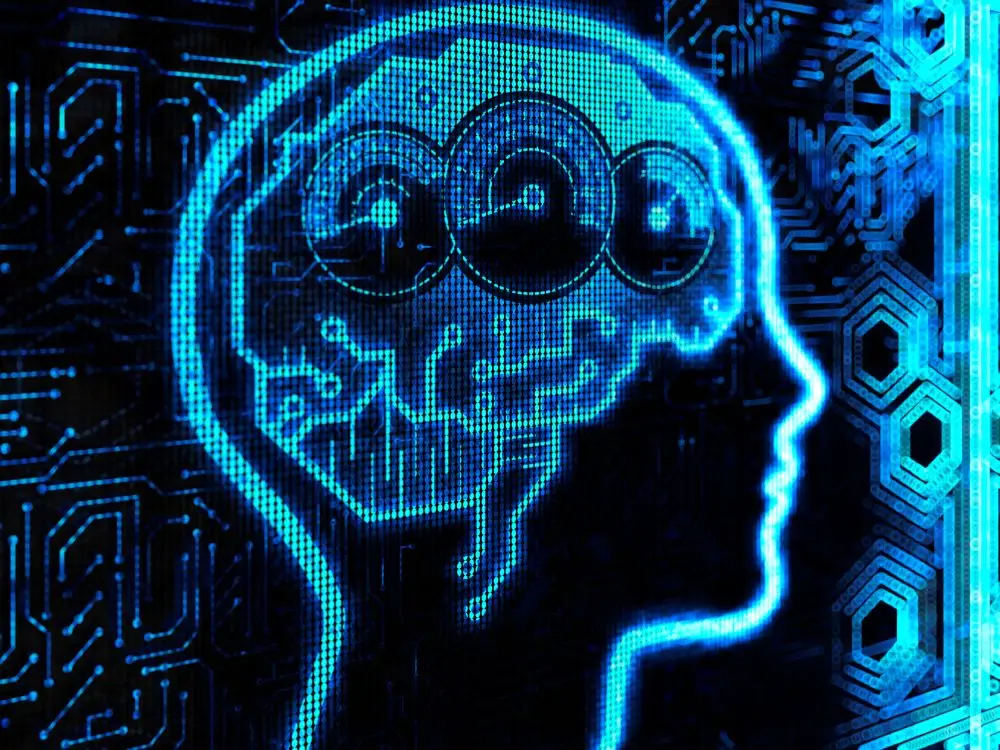Will the integration of artificial intelligence (AI) pose a risk to the collision repair industry, or will it enhance the overall quality of service?
by David Ribeiro
There are moments in history when we can identify updates that change the industry forever. The adoption of unibody construction and the implementation of advanced driver-assistance systems (ADAS) serve as two such examples. Is AI that next defining update?
ICBC has announced the adoption and implementation of the Mitchell Intelligence Review (MIR) starting October 17, 2023. However, ICBC has provided no details yet about how they intend to use this system, its potential impact, or any benefits that the industry might derive. The information about MIR on Mitchell’s website provides only a basic overview of its AI capabilities.
ICBC’s announcement (sent to Collision Repair Program partners on October 12, 2023) has stated that the corporation’s intent is to modernize the material damage business while delivering on their commitment to keeping rates affordable for British Columbians. Could this be a tool that provides positive outcomes for assisting ICBC in resolving delays in repair estimate authorizations and repairability decisions, or could it have negative consequences for the industry?
The reality is we have an industry that is already struggling to remain viable due to the impact of manpower shortages that are affecting its ability to service clientele. In this environment, having a program that could result in further negative impacts to industry would be short sighted.
And what about AI itself? Could it be beneficial? It really depends on your perspective. AI is likely to transform and revolutionize the automotive sector from a new vehicle development point of view, offering advances in autonomous vehicles and intelligent traffic management. It could also shape a future where mobility is safer, more efficient, and more connected than ever before.
What about the use of AI by insurance companies? What could this transformation look like? Industry already utilizes estimating systems that consistently and rationally determine the hours needed for vehicle disassembly and reassembly hours of operation. These systems also dictate the hours required to complete refinish operations. However, these systems do not resolve all repair requirements, such as identifying the number of hours required to complete repairs to damaged panels.
So, industry is left with the most important question: What direction do insurers such as ICBC plan to take with AI? Will AI take further control from industry? Will AI control repair hours based on images?
Experience with our insurance provider demonstrates many operations are under scrutiny or eliminated by modifications to policy. The most recent example was a policy statement issued by ICBC that says: “The value of any item not listed (selectable and approved for payment in Mitchell or is expressly and specifically authorized for payment) is included in the applicable labour rate.” This has expanded to include even those items specifically noted by Mitchell as not included operations.
Industry is aware of the measures taken by insurers to control costs, measures that limit the inclusion of operations they deem outside their policy, or efforts to pass costs on to the industry. When you consider insurer collision repair programs that provide other oversight that lists requirements, expectations, and punitive measures for non-compliance, you start to become concerned about any remaining area of control by industry.
Truly, the only control exercised by a shop is based on their skill in interpreting the hours and operations necessary to complete a repair. This is based on their years of expertise, their exposure to a multitude of damage scenarios, the use of OEM repair guidelines, and the application of policies and procedures to ascertain operations that are included (versus those that are not).
My hope is our insurer uses AI to promote the use of OEM repair processes and calibrations to encourage industry to complete repairs to ensure that customers receive a repaired vehicle capable of responding to a future accident as originally designed.
So, will the adoption of AI be a threat to industry or a method to improve overall service? Time will tell.
